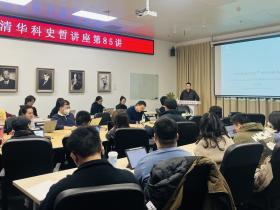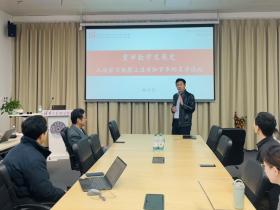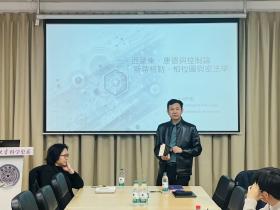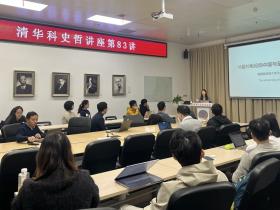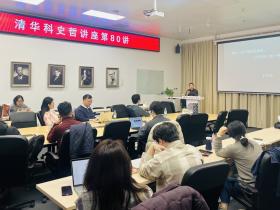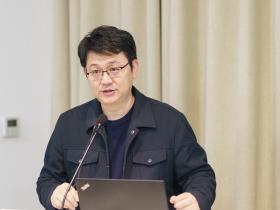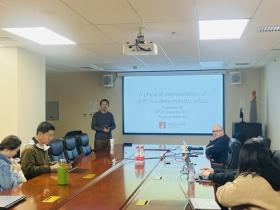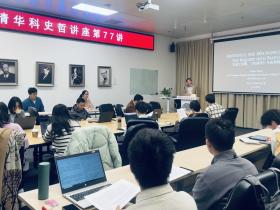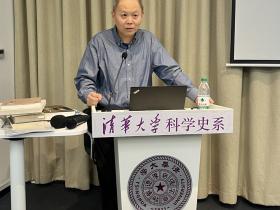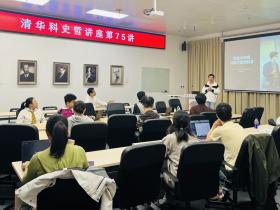On the morning of September 30, 2024, Tsinghua University’s Department of the History of Science hosted the 74th session of the THU History and Philosophy of Science Lecture Series in Room B206 of the Humanities Building. Chaired by Dr. Alberto Bardi, the lecture featured Professor Efthymios Nikolaidis—Honorary Director of the Institute of Historical Research at the National Hellenic Research Foundation (NHRF) and Secretary-General of the International Academy of History of Science (IAHS)—who spoke on "The Antikythera Mechanism: 120 Years of Research, Current Discoveries, and Open Questions."
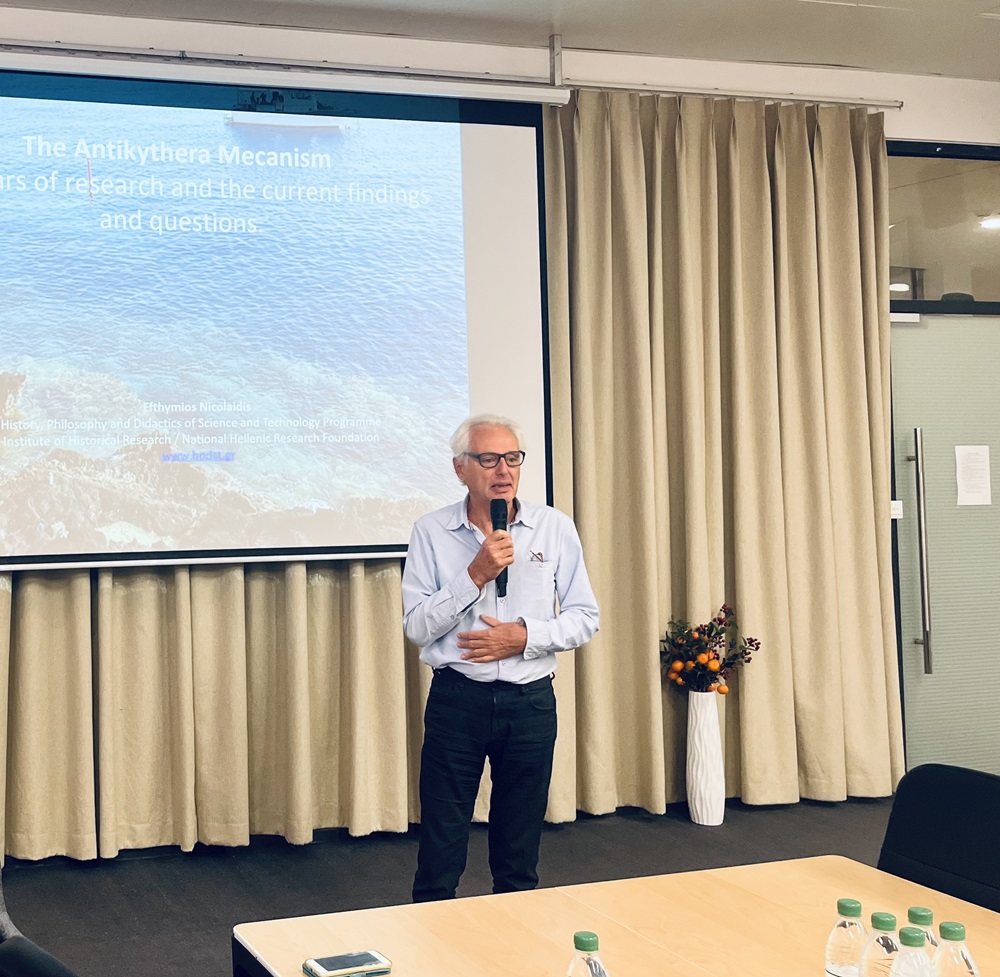
Professor Nikolaidis structured his report around three aspects of the Antikythera mechanism: current knowledge, on-site exploration, and unresolved questions. He began by introducing its historical context. Cicero’s writings mention that Archimedes (287–212 BCE) and Poseidonios (c. 135–51 BCE) constructed bronze planetaria capable of replicating celestial motions through a single driving force. Yet, the exact form of these devices remains unknown. The Antikythera mechanism—named after its discovery site near the island of Antikythera—may hold the answer.
The mechanism lay submerged at a depth of 40–60 meters alongside shipwreck remnants until its initial discovery by divers in April 1900. The wreck site lies along an east-west trade route linking Rhodes, Crete, and Roman ports during the Pax Romana. The vessel was likely a luxury merchant ship. Among typical artifacts like ancient marble and bronze statues, excavators uncovered gears, wooden cases, and metal fragments—notably a largely intact gear—publicly reported on May 23, 1903. Research commenced in 1903 and continued until interrupted by World War II, with significant pre-war contributions by German scholar Albert Rehm and Greek researcher Amiral Théofanidès. Post-war studies resumed and endure today.
British historian Derek de Solla Price (1922–1983) reignited research, dedicating 24 years (1950–1974) to the device. His 1974 paper Gears from the Greeks, published in the Proceedings of the American Philosophical Society, proposed that the mechanism was a sophisticated ancient planetarium indicating planetary positions through mechanical motion. In the 1980s, Michael Wright of the British Science Museum joined the effort, proposing a reconstruction model. Since 2005, universities, museums, and laboratories across the UK, Greece, and the US have collaborated on the project.
Professor Nikolaidis then explained the mechanism’s reconstructed functions: indicating lunar phases, solar eclipses, positions of the five planets, calendrical cycles, and even the quadrennial Olympic Games via dedicated dials. During this segment, Professor Wu Guosheng—Director of Tsinghua’s Department and Museum of the History of Science—surprised Professor Nikolaidis by presenting the museum’s replica model. Nikolaidis subsequently used this model for a live demonstration, leaving a profound impression on attendees. After detailing its functions, he compared major reconstruction proposals, including Wright’s 2005 model and Freeth’s 2021 iteration.
Nikolaidis also updated the audience on salvage progress at the shipwreck site, showing divers’ fieldwork photos. Centuries of seabed earthquakes have buried most ruins under rock, necessitating meticulous, slow-paced excavation.
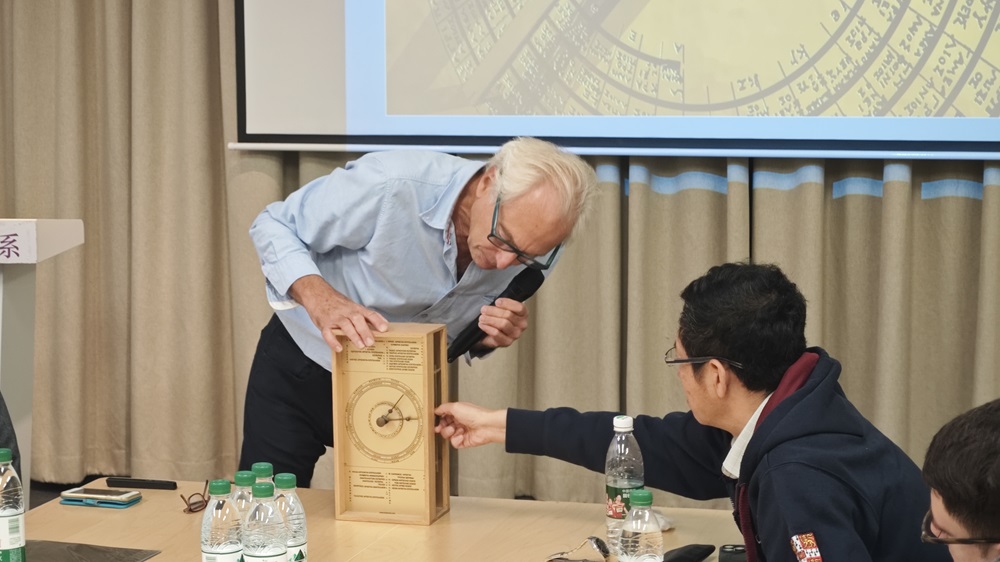
Concluding the lecture, Nikolaidis revisited enduring questions: Why did Roman elites commission such a precise instrument? Was it for philosophical, astronomical, or educational purposes? As the mechanism remains a solitary artifact, might another be found? He theorized that bronze construction made such devices vulnerable to melting and recasting—unlike non-recyclable marble statues. If others existed, they likely rest in "shipwreck museums" beneath the sea, awaiting rediscovery. Nikolaidis shared photos of modern Antikythera’s tranquil harbor—a remote town untouched by tourism due to its lack of beaches—encouraging attendees to visit this silent witness to 2,000 years of history.
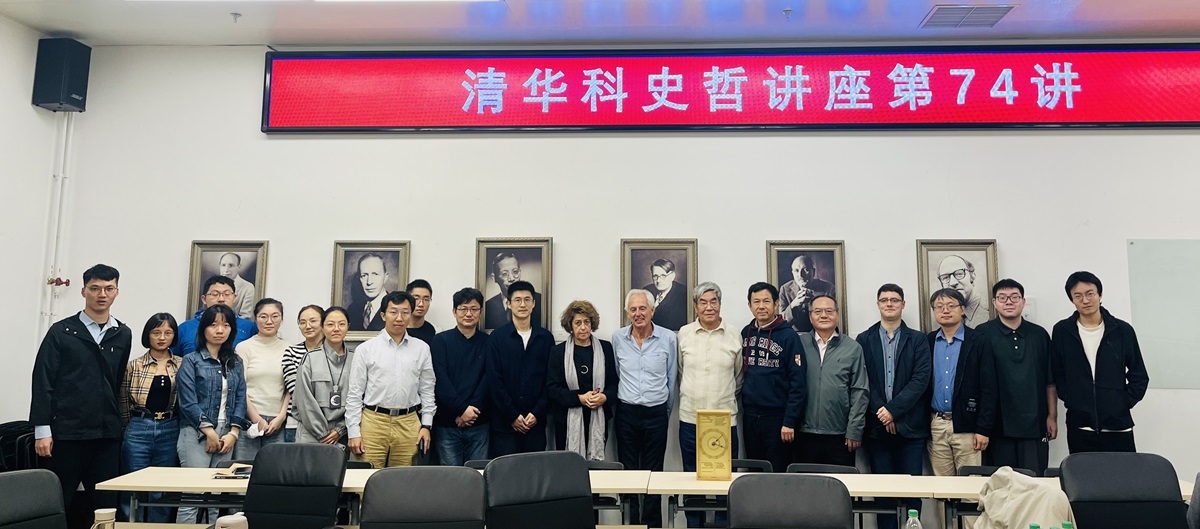
Professors Wu Guosheng, Liu Dun, Alberto Bardi, Wang Zheran, and Guo Jinsong participated in the post-lecture discussion.
Documented by: Luo Haotian
Reviewed by: Shen Yubin, Wang Zheran


